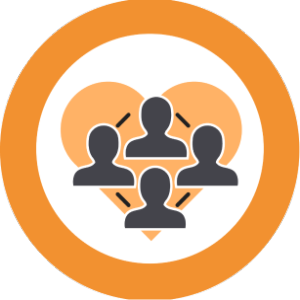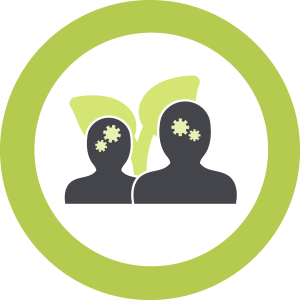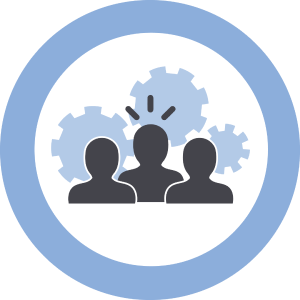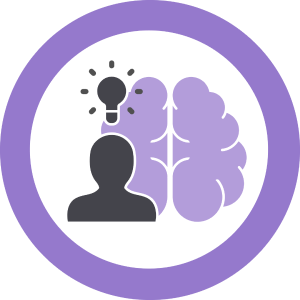UDL-SICC Introduction
The Universal Design for Learning School Implementation and Certification Criteria (UDL-SICC) defines high-quality, schoolwide, UDL implementation. Like UDL, the criteria are data-driven, support continuous improvement, and provide multiple pathways for schools to progress through the stages of implementation. The UDL-SICC is a robust tool for guiding decisions and supporting ongoing schoolwide growth, whether your team is just getting started or has experienced many years of successful UDL implementation.
The criteria were developed using insights from implementation, improvement, and learning science research. It was also informed by ongoing input and feedback from experienced UDL leaders throughout the field of education. While the full certification process is not yet available, the UDL-SICC criteria and related tools are ready to use to support your school’s UDL implementation efforts.
The goal of the UDL-SICC is to:
- provide a flexible roadmap for achieving effective, schoolwide UDL implementation, and
- provide multiple pathways to UDL school certification
These foundational UDL design concepts are intentionally woven into the domains and elements.
Educators are asked to design for:
- Equitable, inclusive, and accessible environments. The design process focuses on creating equitable, inclusive, and accessible environments and experiences for all.
- Learner variability. Anticipating the learner variability, educators consider the whole learner, including their social, emotional, cognitive, perceptual, physical, sensory, and cultural strengths and needs when designing learning experiences and environments.
- Reducing barriers in the environment. By recognizing that barriers reside in the design of the environment or experience, not in the learner, barriers can be intentionally reduced using the UDL Guidelines and an iterative design process.
- Expert learning. Educational experiences are goal-directed and designed to keep expectations high for all learners. Expertise includes becoming resourceful, knowledgeable, strategic, goal-directed, purposeful, and motivated as learners (Ertmer & Newby, 1996; Meyer, Rose, & Gordon, 2014).
- Data-driven, iterative processes. Learning design is an intentional, iterative process focused on continuous improvement at all levels, using rich and varied data to inform subsequent design.
- Explore the big picture by reviewing the UDL-SICC Guide. This guide provides an overview of the criteria and offers suggestions about how to use the tools that support UDL implementation.
- Navigate through the Criteria Overview on Learning Designed
- Examine the details of each of the domains and elements by opening the UDL-SICC Full Criteria.
- Dive right in with the UDL-SICC Self-Assessment. Use the Self-Assessment to reflect on where your school is in terms of UDL implementation. If you choose this option, we recommend you review the whole self-assessment document before you jump into assessing your school.
Attribution-NonCommercial-NoDerivs
CC BY-NC-ND
This license allows reusers to copy and distribute the material in any medium or format in unadapted form for non-commercial purposes only and only so long as attribution is given to the creator.




